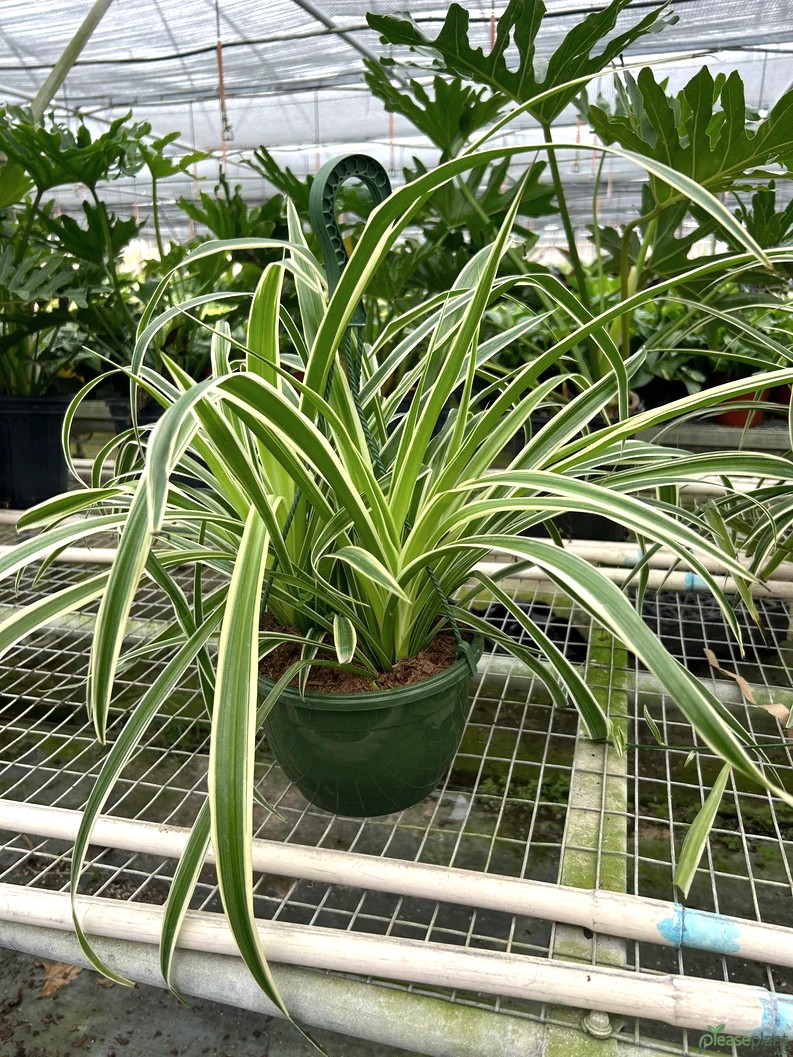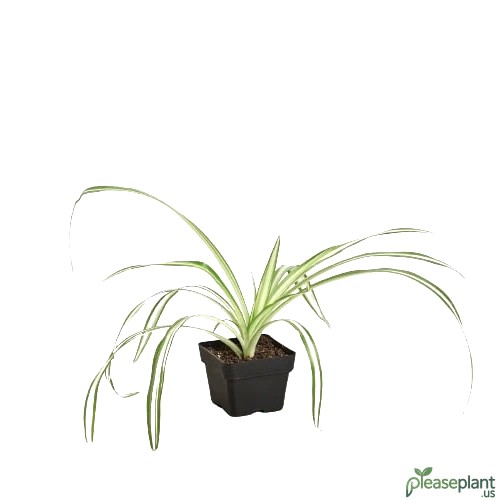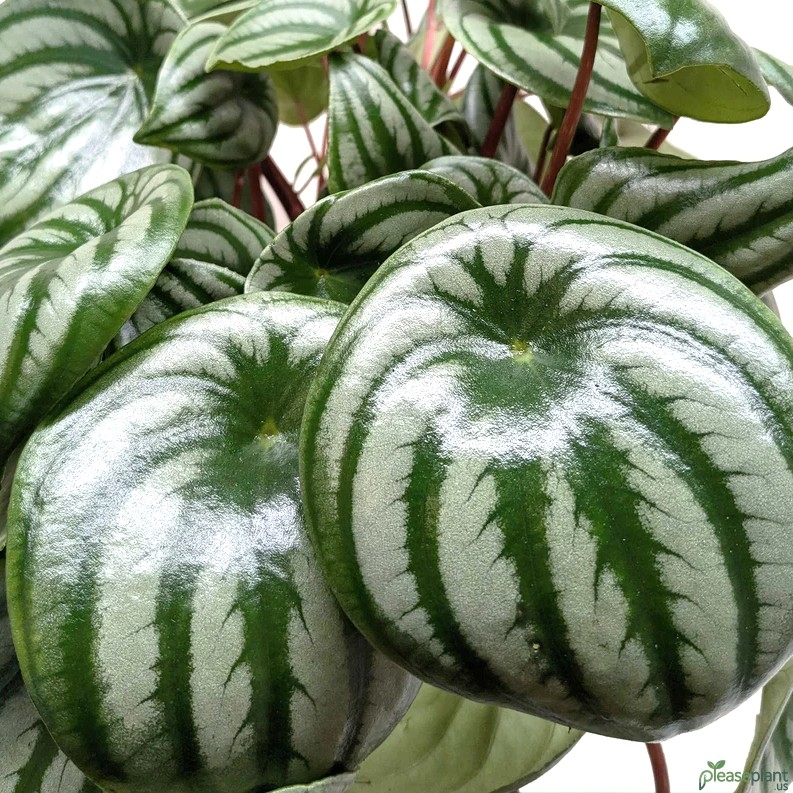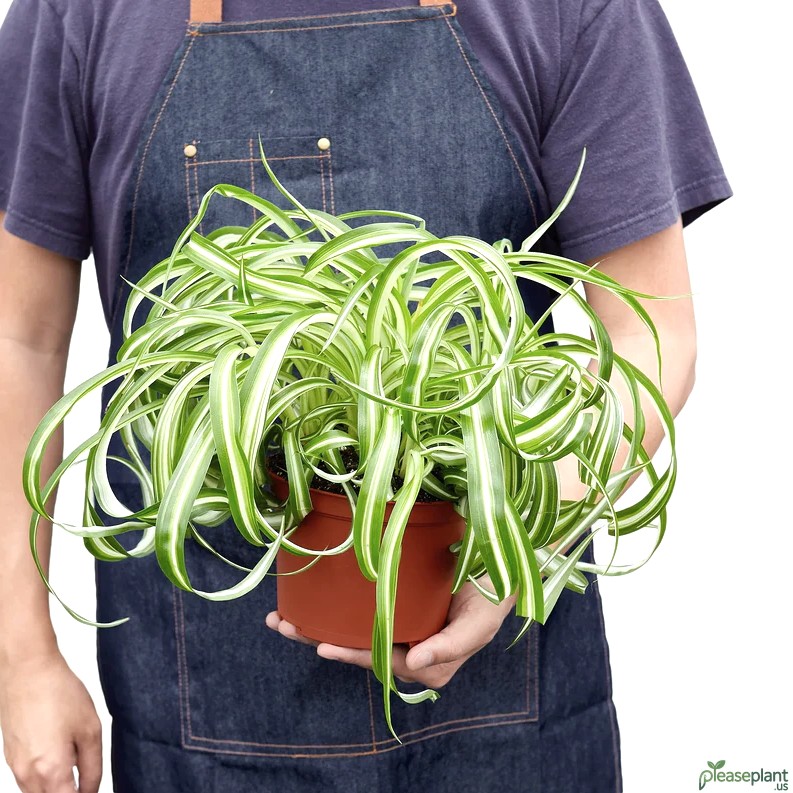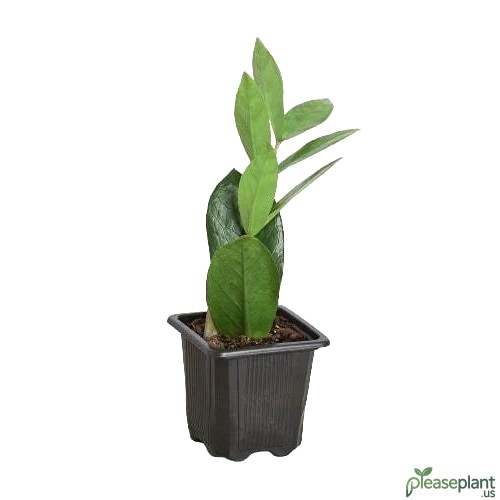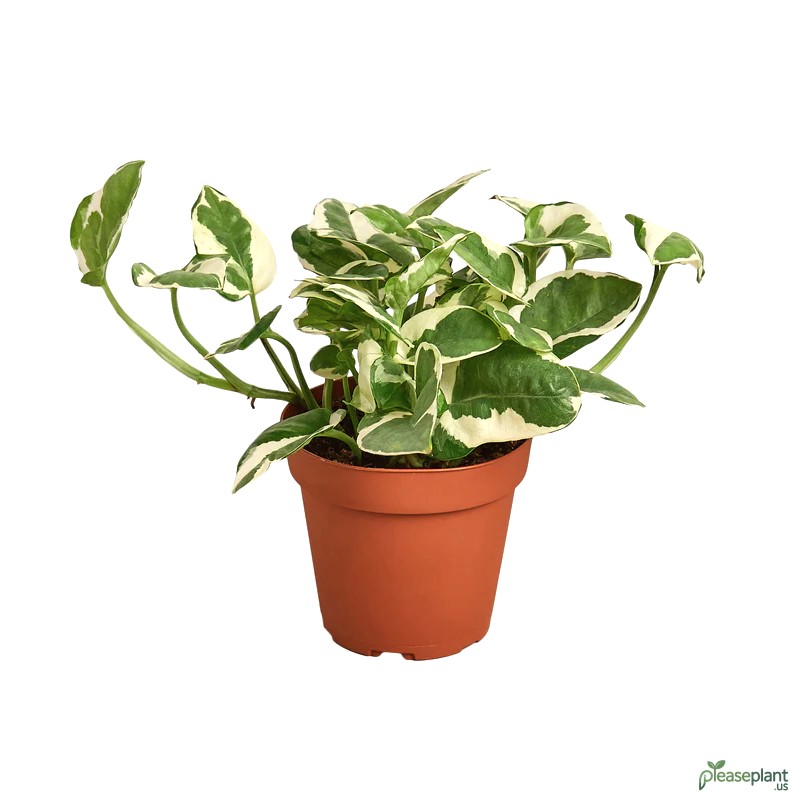Ever stumbled upon a Spider Plant Reverse with those stunning reversed variegated leaves and wondered what's behind that? It’s not just a fluke or some weird mutation, but a fascinating natural twist that makes your spider plant stand out. In this article, I’ll share my personal experience and tips on how to nurture these reversed beauties, why they happen, and what you can expect from them over time. Get ready for some plant nerd talk sprinkled with practical advice and a few gardening tales.
When the Spider Plant Decides to Surprise You
I remember the first time I noticed a Spider Plant Reverse leaf in my collection. It wasn’t just a little bit different—it was like the leaf had flipped its colors inside out, with creamy stripes where there should’ve been green and vice versa. At first, I thought it was a mistake, maybe a sign my plant was sick or stressed. But nah, this was its own quirky charm. Turns out, this reversed variegation is a rare but natural mutation that some spider plants develop. It’s like they’ve got their own secret style, a botanical fashion statement if you will.
Why Does the reverse variegation Happen?
The thing about Spider Plant Reverse leaves is that they're caused by an unusual gene expression that flips the usual chlorophyll distribution. Normally, the green parts of the leaf are packed with chlorophyll, helping the plant photosynthesize, while the white or cream stripes have less or no chlorophyll. When reversed, those areas swap roles, which can make the plant look a bit like it’s wearing its colors on the wrong side. It’s not a disease or damage, just a genetic quirk. This can happen spontaneously or be passed down if you propagate these unique leaves.
How to Care for Your Reverse Spider Plant
Okay, so you’ve got yourself a Spider Plant Reverse and you want to keep it thriving. First off, no need to freak out—these plants are still pretty hardy. The only catch is that the reversed variegated leaves might be a little more sensitive to direct sunlight since the green areas are not where they usually should be. I’d recommend placing your plant in bright, indirect light to avoid leaf scorch. Also, because the variegated parts have less chlorophyll, they sometimes photosynthesize less efficiently, so don’t be shocked if growth is a bit slower than your all-green spider buddies.
propagation tips for the Reverse Variegated Beauties
One thing I learned the hard way is that if you want to keep this reversed trait alive, you’ve gotta be careful when propagating. Offshoots or spiderettes might not always keep the reversed variegation because it’s a bit of a genetic gamble. I usually pick the spiderettes with the most pronounced reversed coloring to propagate, but still, some will revert to the classic variegation. It’s like a plant lottery, but that’s part of the fun, right?
Common Questions and Quirks
People often ask me, "Is the Reverse Spider Plant less healthy?" Not necessarily. It’s just different, and sometimes a bit more delicate in terms of light and water balance. Another thing to keep in mind is that the reversed variegation can fade or shift over time, especially if environmental conditions change. So, if you notice your plant looking a bit more 'normal' after a while, don’t panic, it’s just adapting. And hey, if you want to keep those funky reversed stripes, just give it steady care and a little extra patience.
Why I’m Still Obsessed With These Plants
There’s something magical about growing a Spider Plant Reverse. They remind me that nature loves to mix things up and that perfection isn’t always about what’s expected. They’re a conversation starter, a unique splash in any plant collection, and honestly, a bit of a challenge that keeps me on my toes as a gardener. So, if you spot one at your local nursery or get handed down a spider plant with reversed leaves, grab it! You’re in for a leafy adventure.

